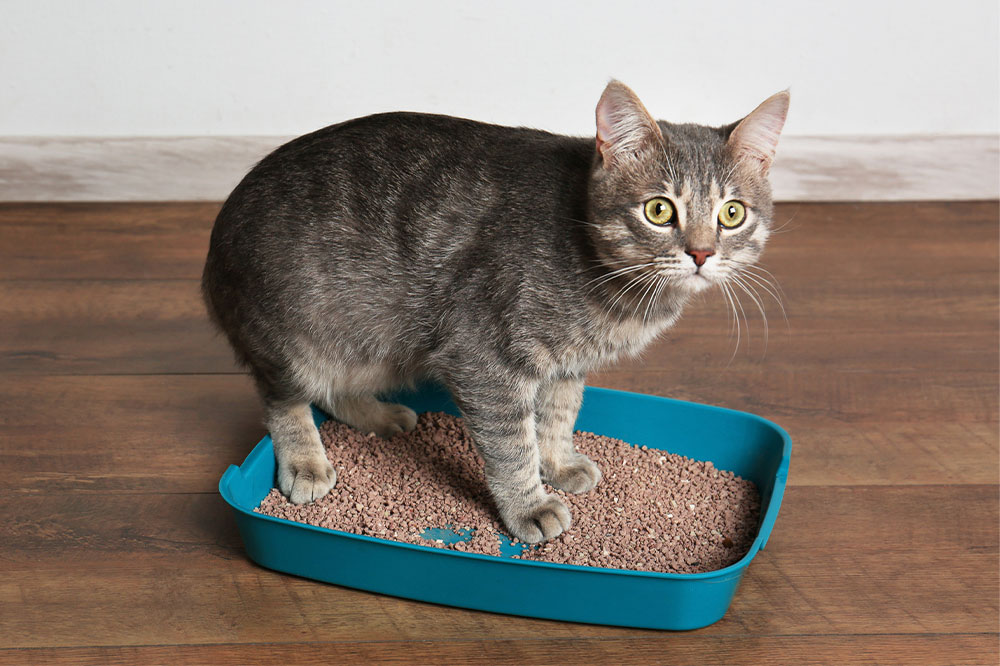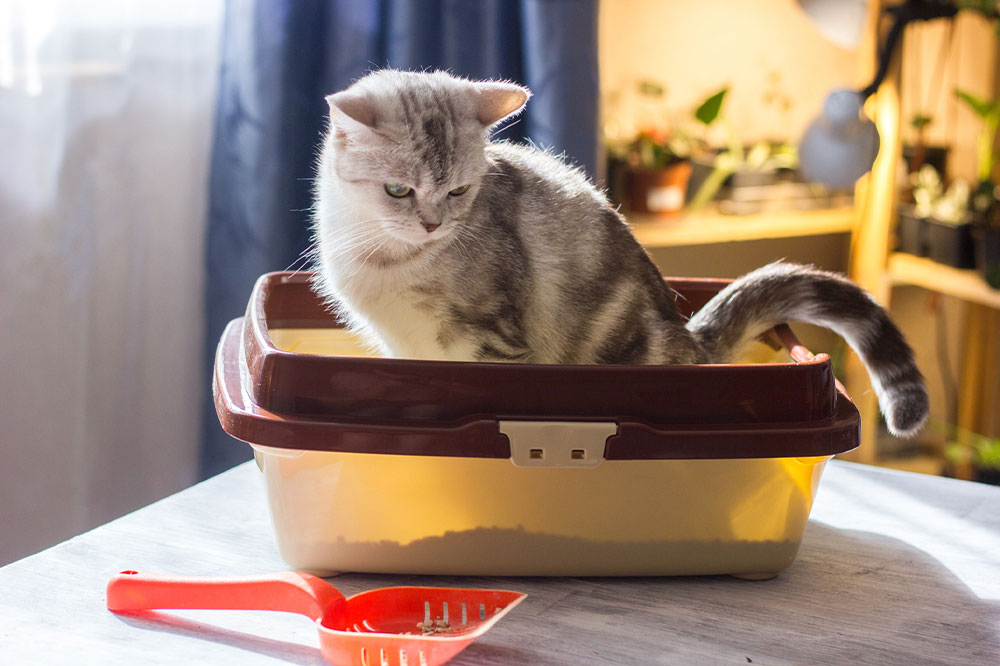Solutions to Common Issues with Feline Litter Boxes
Learn effective strategies to resolve common feline litter box problems. From veterinary checkups to choosing the right location and litter type, this guide helps pet owners promote healthy litter habits. Regular cleaning, proper placement, and considering cats’ preferences are key to avoiding elimination issues and ensuring your cat's comfort. Follow these practical tips to create a clean, inviting, and stress-free environment that encourages consistent litter box use and enhances your pet’s wellbeing.

Addressing Typical Cat Litter Box Problems
Consult a veterinarian initially
It’s crucial to rule out medical causes such as urinary tract infections, gastrointestinal issues, arthritis, or other health problems that may affect litter box habits. Diagnostics like urinalysis, stool testing, or blood work can identify underlying health concerns.
Select an appropriate location for the litter box
Place the box in a quiet, low-traffic spot to give your cat privacy. Avoid noisy or isolated areas like basements. Keep it away from sleeping areas and food bowls to ensure comfort and hygiene.
Use multiple boxes if necessary
Multiple cats need their own litter boxes to prevent territorial conflicts and stress. Ideally, each feline should have her own space, with boxes spread across different rooms for easy access.
Maintain cleanliness regularly
Cats are highly sensitive to odors. Clean the litter box daily by scooping waste, and wash it weekly with unscented soap and water. A clean environment motivates consistent use.
Experiment with different litter types
Cats can be selective about their preferred elimination surface. Offer various options like clumping, non-clumping, sand, or paper-based litters. Observe your cat’s preferences and adjust accordingly.
Note:
This article offers practical advice based on thorough research across relevant topics. Readers should view this information as guidance rather than definitive solutions. The website disclaims responsibility for any inaccuracies and recommends consulting additional resources for tailored solutions for your cat’s needs.


